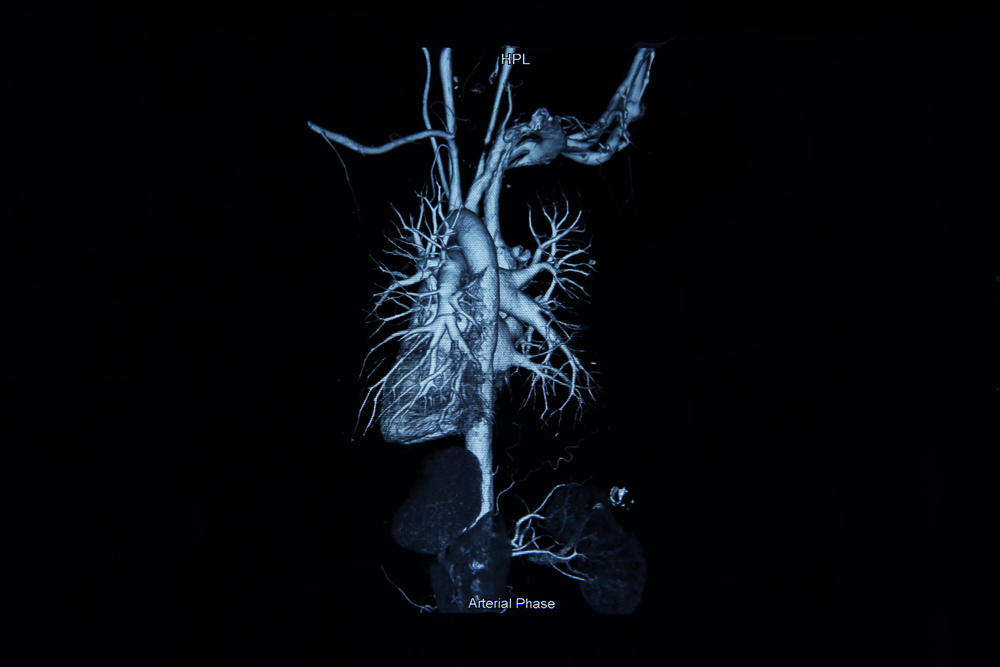I have recently been told that I have high blood pressure. While my doctor recommends that we work towards keeping my blood pressure at 140/90 mm Hg, my kids did some research on the internet, and they say I should really aim toward keeping my blood pressure at 130/80 mm Hg. So, is 140/90 mm Hg the ideal rate for blood pressure, or should it be lower?
–Deborah from Sheffield
This is an interesting question as the answer is not entirely straightforward. While the traditional treatment for hypertension, or high blood pressure, has been to set the target blood pressure at 140/90 mm Hg, a recent study called the SPRINT trial has provided more evidence that supports a target systolic blood pressure of less than 120 mm Hg. This study concluded that setting the blood pressure goal lower actually resulted in a 43% lower risk of death from cardiovascular causes and also a 25% less chance of incidents such as myocardial infarction (also known as a heart attack), acute coronary syndrome, stroke, acute compensated heart failure. While part of the study is ongoing, there is a theory that a lower blood pressure even results in better cognitive function of the brain and a smaller risk of developing dementia.
This being said, suggesting a recommended blood pressure rate is not a simple task. It is complicated by the fact that, in most cases, hypertension is accompanied by additional health problems. Also, there are disagreements as to the best blood pressure goal for patients of different ages and of different races.
The SPRINT trial study showed that the target of 130/80 mm Hg is optimal especially for those over the age of 50 with uncomplicated hypertension. Those under the age of 50 with uncomplicated hypertension, however, are recommended to stick to a goal of 140/90 mm Hg in order to prevent stroke and other cardiovascular events. If you have other health problems, such as chronic kidney disease, your doctor may be well-advised to recommend a blood pressure goal of 140/90 mm Hg. Hypertension accompanied by cardiovascular and coronary artery disease also have a recommended goal of 140/90 mm Hg. However, keep in mind that there are exceptions in both of these cases where 130/80 mm Hg might be a better goal. In the case of patients with type 2 diabetes, there is not a standard agreement of how to treat patients who have hypertension accompanied by this condition.
Based on the results of the recent SPRINT trial study, pharmacological treatment for hypertension also varies depending on age and race. In cases of uncomplicated hypertension, the study recommends using angiotensin-converting enzyme inhibitors (or ACE inhibitors), an angiotensin receptor blocker (ARB), a calcium channel blocker (CCB), or a thiazide diuretic as the medication of choice. Additionally, the European Society of Hypertension encourages the use of beta blockers as the medication of choice in many cases of hypertension. The SPRINT trial study recognizes the importance of using combination therapy, or the use of two medications at the same time, in most blood pressure related cases as it usually takes a combination of medicine to effectively treat hypertension.
If you want to learn more about hypertension or discuss your heart health, call the Cardiovascular Institute of the Shoals at 256-766-2310 to schedule an appointment.



